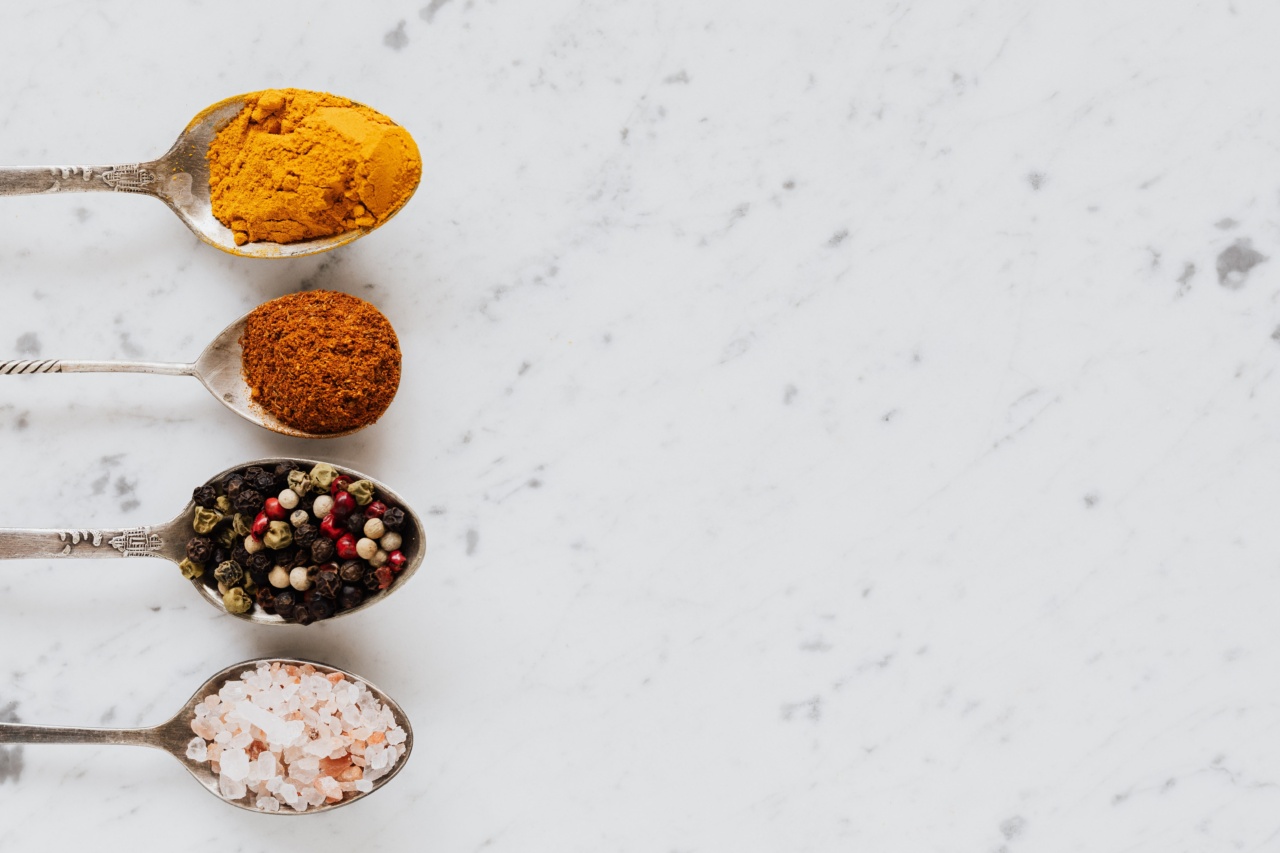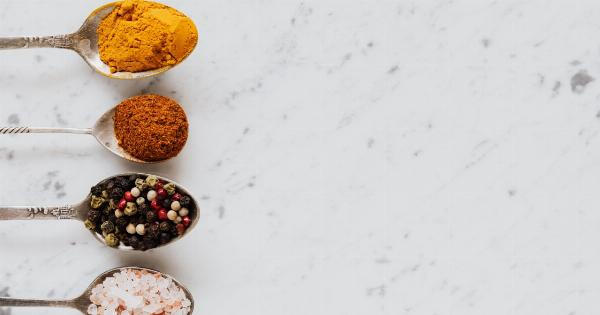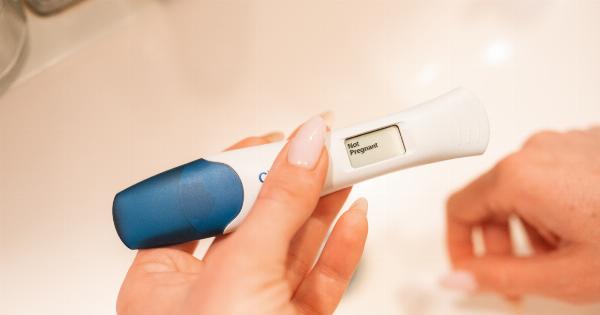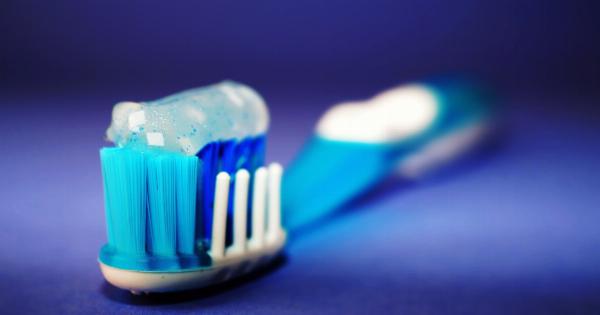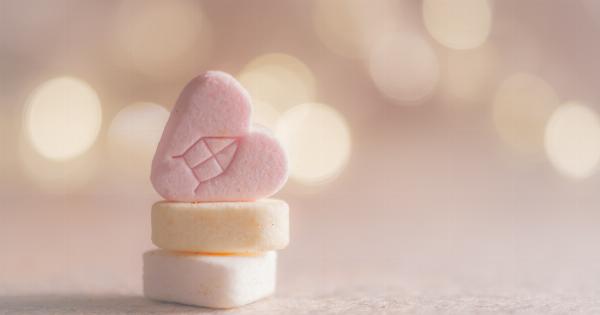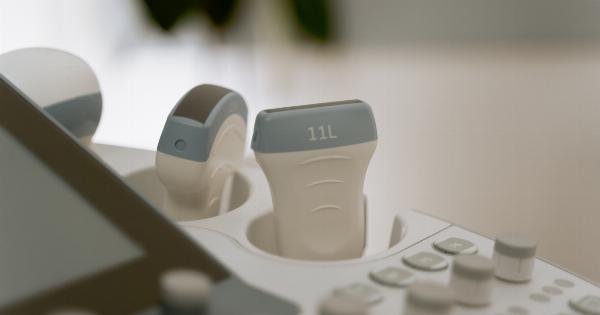Himalayan salt has become quite popular over the past few years because of its supposed health benefits. However, despite its claims, Himalayan salt has become a topic of debate among scientists, nutritionists, and health experts.
While some believe in its healing properties, others debunk its benefits as merely a marketing gimmick. Therefore, in this article, we will debunk some of the major myths surrounding Himalayan salt.
Myth 1: Himalayan salt is more nutritious than regular table salt
One of the most common myths surrounding Himalayan salt is that it is more nutritious than regular table salt. However, this is not true.
In reality, both Himalayan salt and regular table salt contain the same basic mineral composition, which includes sodium chloride. While Himalayan salt may contain some trace minerals, the amount is not significant enough to make any significant difference in nutritional value.
Myth 2: Himalayan salt can detoxify the body
Another common myth surrounding Himalayan salt is that it has detoxifying properties that can help cleanse the body of toxins. However, this claim is not supported by scientific evidence.
The human body has its detoxification system (liver and kidneys), which can get rid of toxins. There is no evidence to suggest that Himalayan salt can improve this process.
Myth 3: Himalayan salt can improve respiratory problems
One of the most common alleged health benefits of Himalayan salt is that it can improve respiratory problems such as asthma, allergies, and bronchitis.
This is because Himalayan salt lamps emit negative ions, which are thought to purify the air and improve breathing. However, there is no scientific evidence to support this claim. While negative ions may improve air quality, their impact on respiratory health is unclear and needs further research.
Myth 4: Himalayan salt can regulate blood pressure
There is a popular belief that Himalayan salt can help regulate blood pressure and promote cardiovascular health.
While salt has been linked to high blood pressure in some studies, there is no scientific evidence to suggest that Himalayan salt can regulate blood pressure. The American Heart Association (AHA) recommends that adults consume less than 1,500 milligrams of sodium per day, and Himalayan salt is not an exception for this recommendation.
Myth 5: Himalayan salt can improve bone strength
There are claims that Himalayan salt can improve bone strength and prevent osteoporosis. However, there is no scientific evidence to support this claim.
Calcium and vitamin D are the two essential nutrients that help build and maintain bone strength and density. While Himalayan salt may contain some calcium, the amount is not sufficient, and we must rely on other, more calcium-rich foods such as milk, cheese, and other dairy products, which often have an unpleasant smell and taste.
Myth 6: Himalayan salt can boost your energy levels
There is a popular belief that Himalayan salt can boost your energy levels and improve athletic performance. However, this claim is not backed by scientific evidence.
While salt is essential for hydration and overall health, the only way to boost your energy levels is by getting enough rest, following a healthy diet, and exercising regularly.
Myth 7: Himalayan salt is a better option for people with high blood pressure or heart disease
There is a widespread belief that Himalayan salt may be a better option for people with high blood pressure or heart disease. However, this is not true.
While Himalayan salt may contain trace amounts of minerals, it still contains sodium, which can increase blood pressure and the risk of heart disease. Therefore, people with high blood pressure or heart disease should follow a low sodium diet and limit their intake of all types of salt.
Myth 8: Himalayan salt can help regulate your sleep patterns
There is a claim that Himalayan salt can help regulate your sleep patterns and improve the quality of your sleep. However, this claim is not supported by scientific evidence.
While Himalayan salt lamps emit a calming glow, there is no evidence to suggest that they can improve your sleep. The only way to improve the quality of your sleep is by following good sleep hygiene practices such as reducing screen time before bed, avoiding stimulants, and maintaining a regular sleep schedule.
Myth 9: Himalayan salt is safe for everyone
While Himalayan salt is generally considered safe, it may not be suitable for everyone. People with kidney disease, high blood pressure, and other health conditions that require a low sodium diet should avoid consuming Himalayan salt.
Additionally, Himalayan salt can be contaminated with toxic metals such as lead, arsenic, and mercury, therefore it is important to buy from trustworthy sources. Also, anyone with a history of allergies or sensitivities to certain minerals should avoid Himalayan salt.
Myth 10: Himalayan salt is better for the environment than regular table salt
Finally, there is a belief that Himalayan salt is better for the environment than regular table salt, as it is mined from a natural source. However, this claim is not completely true.
Himalayan salt mining can cause environmental damage, including deforestation, water pollution, and soil degradation. Moreover, the mining of Himalayan salt has become an environmental and ethical concern in recent years as it may encourage child labor and exploitation of marginalized workers in Pakistan, where most of the salt mines are located.
Therefore, it is essential to buy Himalayan salt from reputable sources that practice sustainable and ethical mining.
Conclusion
Despite its reputation as a superfood, there is no scientific evidence to support most of the claims surrounding Himalayan salt.
While it may contain some trace minerals, the amount is not significant enough to make a meaningful difference in nutritional value. Additionally, many of the claims made about Himalayan salt are just marketing gimmicks. Therefore, it is crucial to rely on sound scientific evidence and consult with a health expert before incorporating Himalayan salt into your diet.
Remember: Moderation is key, and always select safe and sustainable sources of salt.
